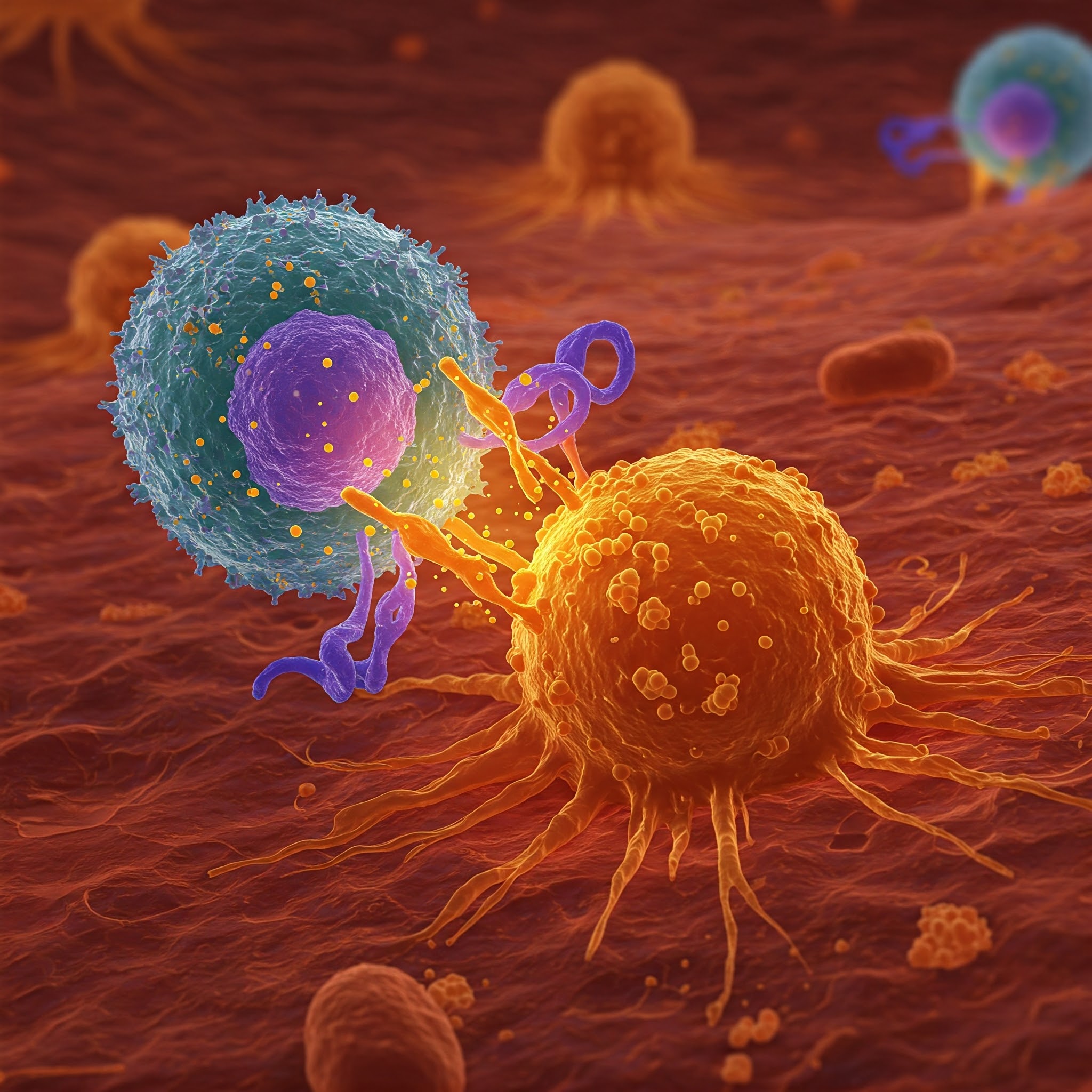Using a lupus-related antibody that can infiltrate “cold” tumors undetected and activate an immune response that malignancy has suppressed, Yale researchers have found a viable method of eliciting immune responses against specific cancers. The study, which was released in Science Signaling, provides fresh insights that may enhance treatments for glioblastoma and other hard-to-treat aggressive malignancies.
t turns out when this antibody gets into the cell’s cytoplasm [the liquid material inside the cell, excluding the nucleus] and it binds to RNA, it causes this thing called a pattern recognition receptor to wake up and say, ‘This isn’t supposed to be here,’ which triggers an immune reaction.
By doing that, the antibody has significantly prolonged survival in brain tumor models by itself—without radiation or chemotherapy.
James Hansen
Immunotherapies and other cancer treatments don’t work well on “cold” tumors, also known as immunological deserts, because they usually have few T cells. Despite the fact that cancer momentarily disables them, “hot” tumors usually do react because they contain immune cells.
We’re excited about this new way to engage the immune system to treat brain tumors,
Equally exciting is the discovery that this lupus antibody delivers genes to cells without needing any help from a virus, meaning it could be used to transform gene therapy strategies.
James Hansen
In laboratory tests, the researchers verified that the antibody was ineffective in tissue devoid of functioning immune cells. The autoantibody could transport and deliver functional RNA into tumor, brain, and muscle tissue if the immune cells were functioning correctly. They anticipate that the results may result in better methods for immunotherapy treatment and non-viral gene delivery, which uses physical forces to transfer genetic material into a cell.
Source: Yale School of Medicine
Journal Reference: Chen, Xiaoyong, et al. “A Lupus-derived Autoantibody That Binds to Intracellular RNA Activates CGAS-mediated Tumor Immunity and Can Deliver RNA into Cells.” Science Signaling, 2025, DOI: 10.1126/scisignal.adk3320.
Last Modified:




